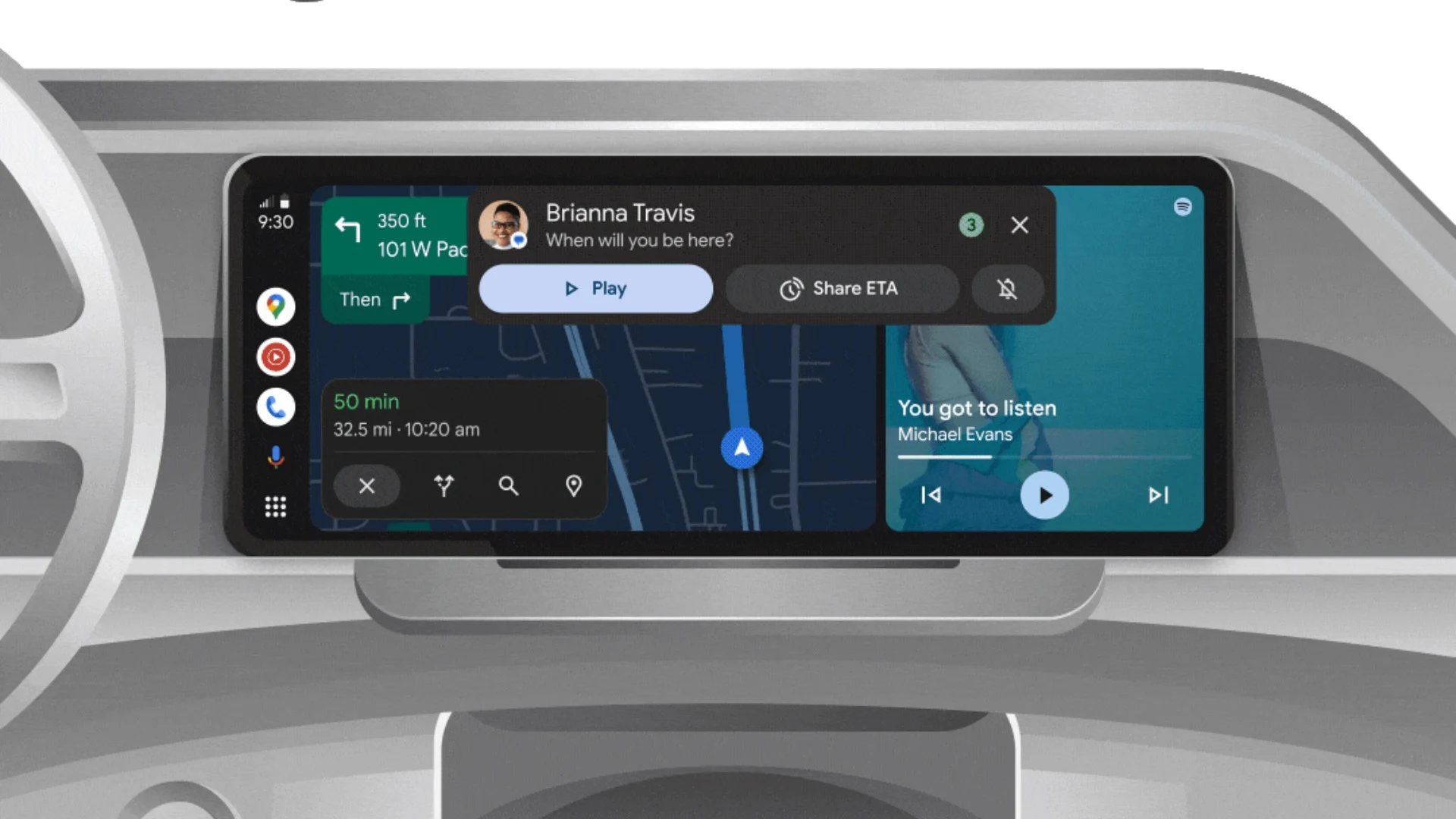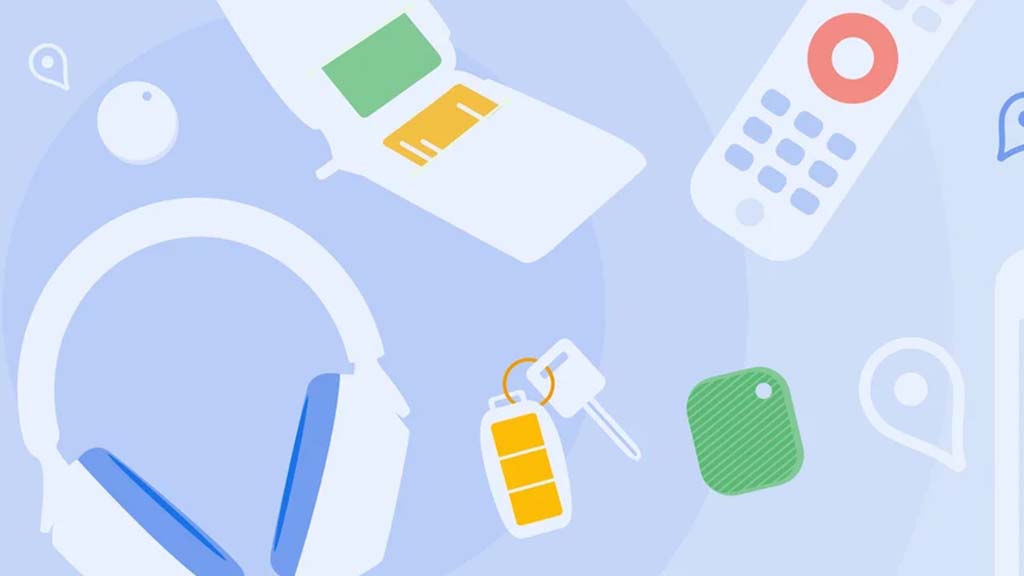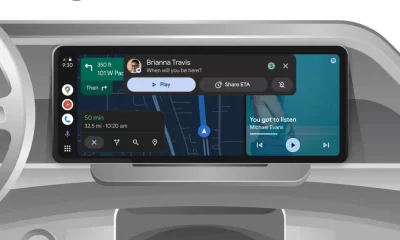Google expands free TV channels, faces antitrust battle, and pushes YouTube pause ads

Top 3 Key Points:
- Google TV adds more free channels, including The Bob Ross Channel, reaching 157 total.
- Google faces a second antitrust trial, this time focused on its dominance in online advertising.
- YouTube rolls out Pause ads, encouraging users to subscribe to YouTube Premium.
Google is continuously expanding its free TV offerings. This week, Google TV added seven new channels, bringing the total to 157. New channels include The Bob Ross Channel, Comedy Dynamics, and The Dog Whisperer with Cesar Millan. These channels are available on Chromecast and other Google TV devices, allowing users to watch them directly through the home screen or the Freeplay app.
Initially, when Google TV launched its free channel service in 2023, there were around 80 channels. Through partnerships with platforms like Plex and Tubi, users can now access even more content through Google TV’s “Live” tab. As of now, this feature is only available in the U.S., and there’s no information on expanding it internationally.
On a different front, Google is facing another antitrust trial. The U.S. Department of Justice (DOJ) has accused Google of maintaining an illegal monopoly in online advertising. This is the second major antitrust case against the company in just a few months, following a ruling in August that Google held a monopoly in online search.
Unlike the search case, this ad case is more complex. Google’s dominance in advertising largely stems from its acquisition of several competitors, creating a highly sophisticated system for managing ads across platforms. Now, the DOJ is arguing that Google used these acquisitions to unfairly maintain control over the digital ad market.
As the trial unfolds, witnesses from news publishers and advertising experts are testifying on how Google’s practices have impacted competition. If the court rules against Google again, the company could face serious consequences, possibly even having parts of its business broken up.
Meanwhile, over on YouTube, the platform has started expanding its Pause ads feature. These ads appear when a user pauses a video, with a static ad popping up next to the video screen. YouTube’s goal is to make these ads feel less intrusive compared to the usual pre-roll and mid-roll ads, but it’s also a clear push to get users to subscribe to YouTube Premium for an ad-free experience.
Although some users are frustrated by the increasing number of ads, YouTube claims that advertisers are responding positively to the new format. However, the platform has made no indication that it plans to reduce the number of other ads users encounter, especially for those who aren’t subscribed to Premium.
In conclusion, Google’s expanding presence in TV, ongoing legal battles, and evolving advertising strategies reflect its continuing influence on both entertainment and online business.
Google Account app getting a new design with expressive material theme

Google is rolling out a fresh look for the Google Account app on Android. The app now follows the new Expressive Material design, giving it a more colorful and modern style. This update makes the app match the latest design changes seen in other Google apps like Google Messages.
The new design keeps the main features the same but refreshes how everything looks. For example, the profile page now shows bigger icons and uses soft color accents based on your wallpaper, thanks to Google’s Material You theming. Settings and options are also arranged more neatly, making the app easier to use.
While the core functions of the Google Account app are unchanged, the visual improvements aim to make the experience more pleasant. You’ll still be able to manage things like your personal info, security settings, and connected devices easily.
Right now, the update isn’t available to everyone yet. It looks like Google is slowly testing it through a server-side rollout. If you want to try it early, you can download the updated APK from trusted sites like APKMirror. However, some users might not see the changes immediately, even after installing the new version.
Google is continuing its push to refresh its apps with the Expressive Material design, and the Google Account app is the latest to join the trend.
Android
Google updates Gboard emoji kitchen and Android Auto with new features

Google is bringing some fresh updates to make Gboard and Android Auto even better.
Starting with Gboard, the Emoji Kitchen now has a new “Browse” section. This makes it easier for users to find different emoji sticker combos. You can tap on any emoji and instantly see all the creative mixes available. Plus, there’s a search bar to help you look for specific stickers. This new feature is rolling out first to Pixel devices, with other Android phones expected to get it in the coming months.
On the other hand, Android Auto is now getting the 14.3 beta update. Although there are no big changes yet, this version mainly focuses on fixing bugs and improving performance. Testers have noticed slight speed improvements, but no new features have been spotted so far. Google might be preparing for bigger changes in future updates.
Both these updates show that Google is working hard to make its apps smoother and easier to use. Gboard’s new browsing tool will make messaging more fun, while Android Auto’s small fixes are important for a better driving experience.
If you have a Pixel phone or are part of the Android Auto beta program, you might already see these updates. Otherwise, they should be available to more users soon.
Android
Android’s Find My Device speeds up with UWB coming soon

Google’s Find My Device network for Android has gotten a big boost, making it much quicker to locate misplaced items. Recent checks show it’s now four times faster than it used to be, keeping up with Apple’s AirTags in crowded spots like malls or events. For instance, at CES 2025, a tracker tucked in a bag updated its location just as fast as an AirTag nearby. This speed-up is thanks to more Android users turning on tracking for all locations, not only busy areas, which helps the system spot items more reliably.
In less crowded places, the network can still have trouble since fewer Android phones are nearby to share location signals. But Google’s working on this by nudging users through app alerts to enable tracking in quieter spots. Plus, recent updates to tracker software and apps have made connections more stable and accurate.
Looking ahead, Google’s gearing up to roll out ultra-wideband (UWB) technology. This will let you find items with pinpoint accuracy, even within a room, using cool augmented reality (AR) visuals, much like Apple’s setup. The Moto Tag, a tracker ready for UWB, is already available, just waiting for Google to activate this feature. Not all Android phones support UWB yet, but future models like the Pixel 10 might include it. These changes prove Google’s determined to make its Find My Device network a top choice for tracking lost stuff.
-

 Apps1 year ago
Apps1 year agoGboard Proofread feature will support selected text
-

 News1 year ago
News1 year agoSamsung USA crafting One UI 6.1.1
-

 News1 year ago
News1 year agoBreaking: Samsung Galaxy S22 may get Galaxy AI features
-

 News1 year ago
News1 year agoSamsung Galaxy S23 Ultra with One UI 6.1 and all S24 AI features revealed
-

 News1 year ago
News1 year agoOne UI 6.1 Auracast (Bluetooth LE Audio) feature coming to many Samsung phones
-

 News1 year ago
News1 year agoSatellite SOS feature coming to Google Pixel phones, evidence leaked
-

 Apps11 months ago
Apps11 months agoGoogle’s fancy new Weather app is finally available for more Android phones
-

 News1 year ago
News1 year agoGoogle Pixel evolves as Europe’s third best selling flagship










